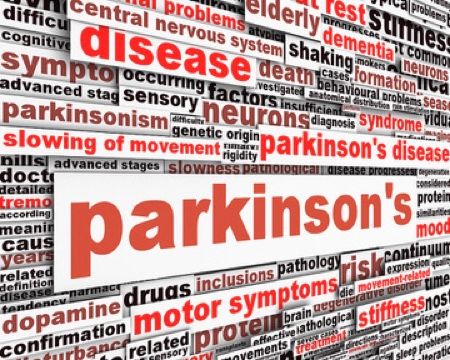What is Facial Masking and Why Does it Occur in Parkinsons?
Imagine trying to express your emotions through your face, but your facial muscles just won’t cooperate. This is the reality for many people living with Parkinson’s disease who experience facial masking, a symptom that reduces their ability to communicate emotions through facial expressions.

Imagine trying to express your emotions through your face, but your facial muscles just won’t cooperate. This is the reality for many people living with Parkinson’s disease who experience facial masking, a symptom that reduces their ability to communicate emotions through facial expressions. In this blog post, we’ll explore what facial masking is, its impact on social interactions, and various therapeutic approaches to managing it. Let’s dive in!
What Is Facial Masking And Why Does It Occur In Parkinson's Disease?
Short Summary
- Facial masking is a common symptom of Parkinson's disease, causing difficulty in expressing emotions and communicating.
- There are treatments available to help manage facial masking symptoms such as LSVT, physical therapy and medications.
- Finding support from loved ones while engaging in creative activities can help individuals with facial masking cope with the difficulties associated with this condition.
Understanding Facial Masking
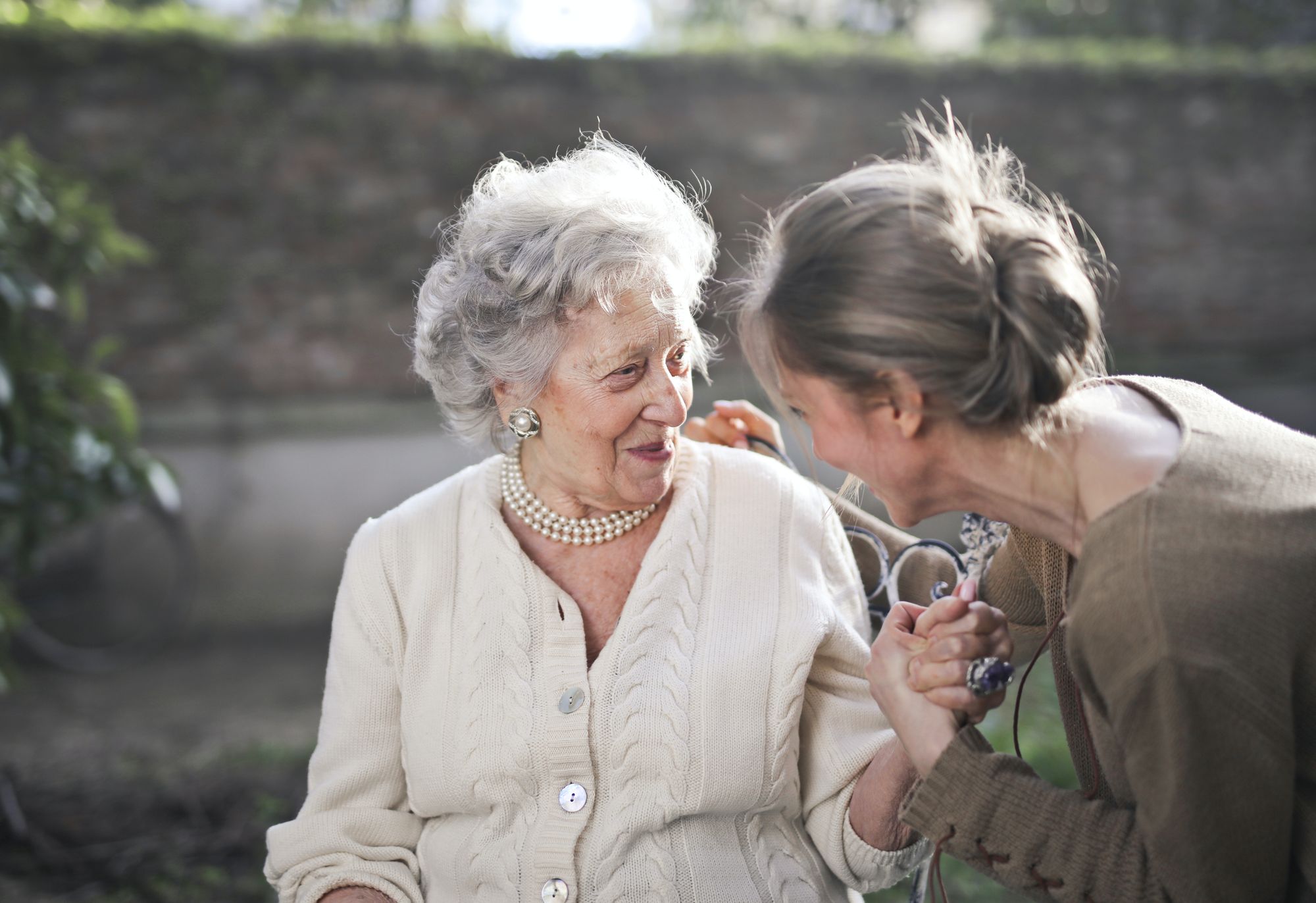
Facial masking, also known as hypomimia or Parkinson’s mask, is a common symptom in Parkinson’s disease, characterized by a reduction in facial expressiveness due to impaired muscle control. It can affect a person’s ability to smile, frown, and convey emotions through facial movements, resulting in an expressionless face, which is essential for effective communication and social interactions.
Facial masking influences perception and can have a significant impact on a person’s quality of life.
The Science Behind Facial Masking
The occurrence of facial masking is linked to the loss of motor control in Parkinson’s disease, affecting both voluntary and involuntary facial movements. This motor control loss is associated with reduced dopamine responses in the brain, which play a crucial role in controlling facial muscles. Hypomimia may manifest even before a clinical diagnosis is established, suggesting its role in reflecting the severity of the disease and the challenges it presents in communication.
The severity of facial masking varies among individuals and can be assessed using the Unified Parkinson’s Disease Rating Scale (UPDRS), which measures symptoms related to the nervous system.
Movement Symptoms Associated with Facial Masking
In addition to facial masking and reduced facial expression, Parkinson disease often presents other movement symptoms such as bradykinesia (slowness of movement), rigidity (stiffness), and tremors (involuntary shaking). These symptoms can further impact an individual’s ability to communicate effectively and engage in daily activities.
As facial masking and other movement symptoms progress, it becomes increasingly important to find strategies and treatments to manage these challenges.
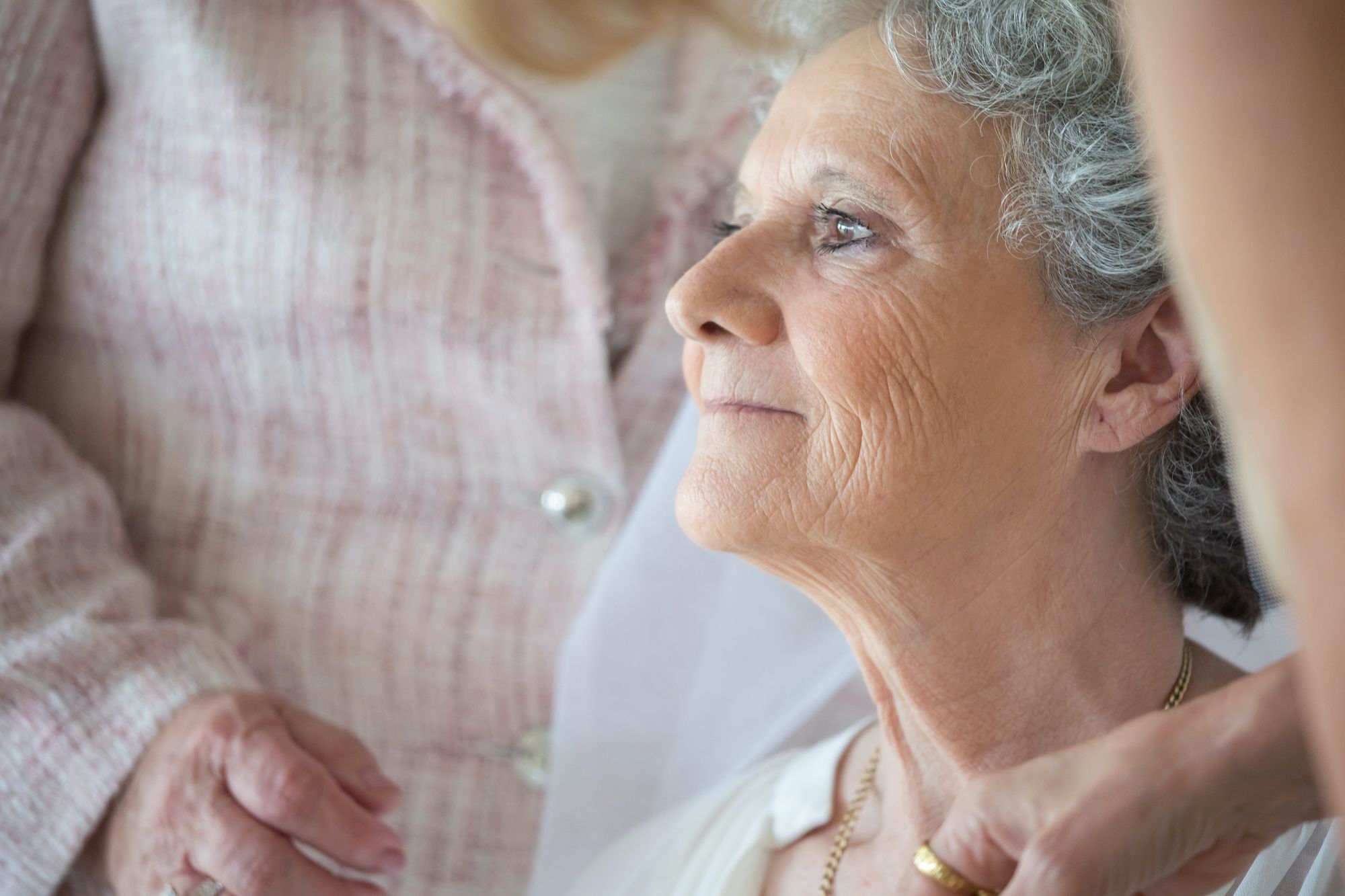
The reduced facial expressiveness caused by facial masking can have a significant impact on an individual’s social life. People with facial masking may struggle to form and maintain relationships, experience communication barriers, and feel misunderstood. The inability to accurately convey emotions through facial expressions, or facial expressivity, can lead to misinterpretations, causing others to perceive disinterest, displeasure, or low cognitive ability.
These issues can be compounded by the fact that facial masking can be a visible sign of a problem.
Misinterpretation of Facial Cues
The mask-like expression often seen in individuals with a masked face can make it difficult for others to understand their emotions and intentions. The same stiffness affecting facial muscles can lead to reduced facial expressions and nonverbal communication issues, particularly in individuals with Parkinson's disease. This lack of facial cues, often perceived as a blank expression, can lead to misunderstandings and strain social interactions.
To overcome these communication hurdles, people with facial masking can use verbal cues to explain their emotions, make their facial expressions more exaggerated, and utilize body language to help convey their feelings. By being proactive and adaptive, individuals with facial masking can reduce the risk of miscommunication and improve their social connections.
Navigating Relationships with Facial Masking
Maintaining relationships with facial masking can be challenging due to the inherent communication barriers and the potential for misinterpretation. However, with understanding and support from loved ones, friends, and healthcare providers, people with facial masking can navigate these challenges and foster meaningful connections.
Open communication about the struggles and strategies for managing facial masking can help build a strong support network and improve overall quality of life.
Therapeutic Approaches for Managing Facial Masking
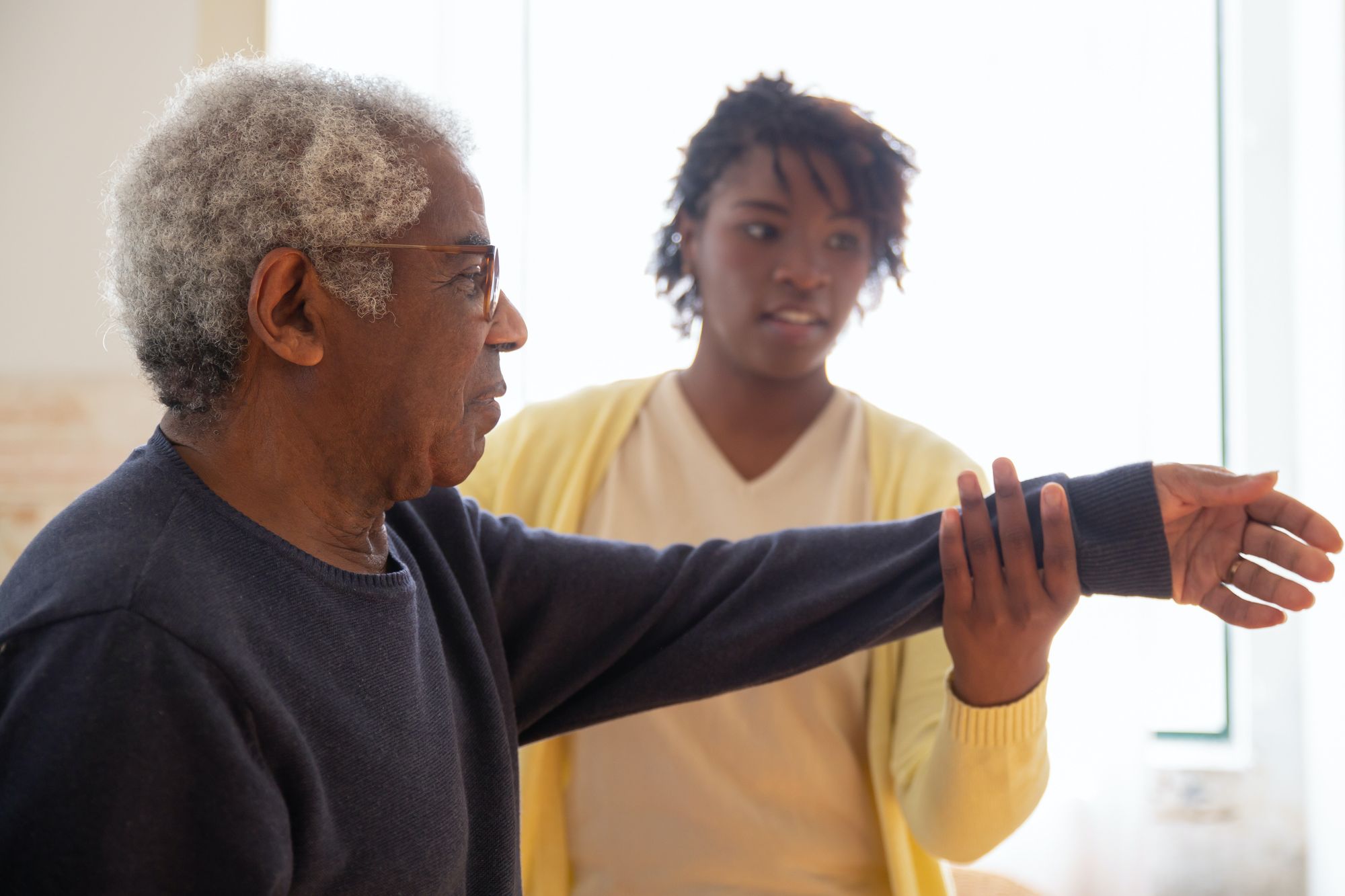
There are various therapeutic approaches that can help manage facial masking, including specialized voice treatments, facial exercises, and medications. Consulting a speech language pathologist can help address symptoms such as loss of facial expressiveness, speech, and swallowing problems through targeted therapies and facial exercises. By exploring these options, individuals with facial masking can find the most suitable strategies to improve their facial expressiveness and communication abilities.
Lee Silverman Voice Treatment (LSVT)
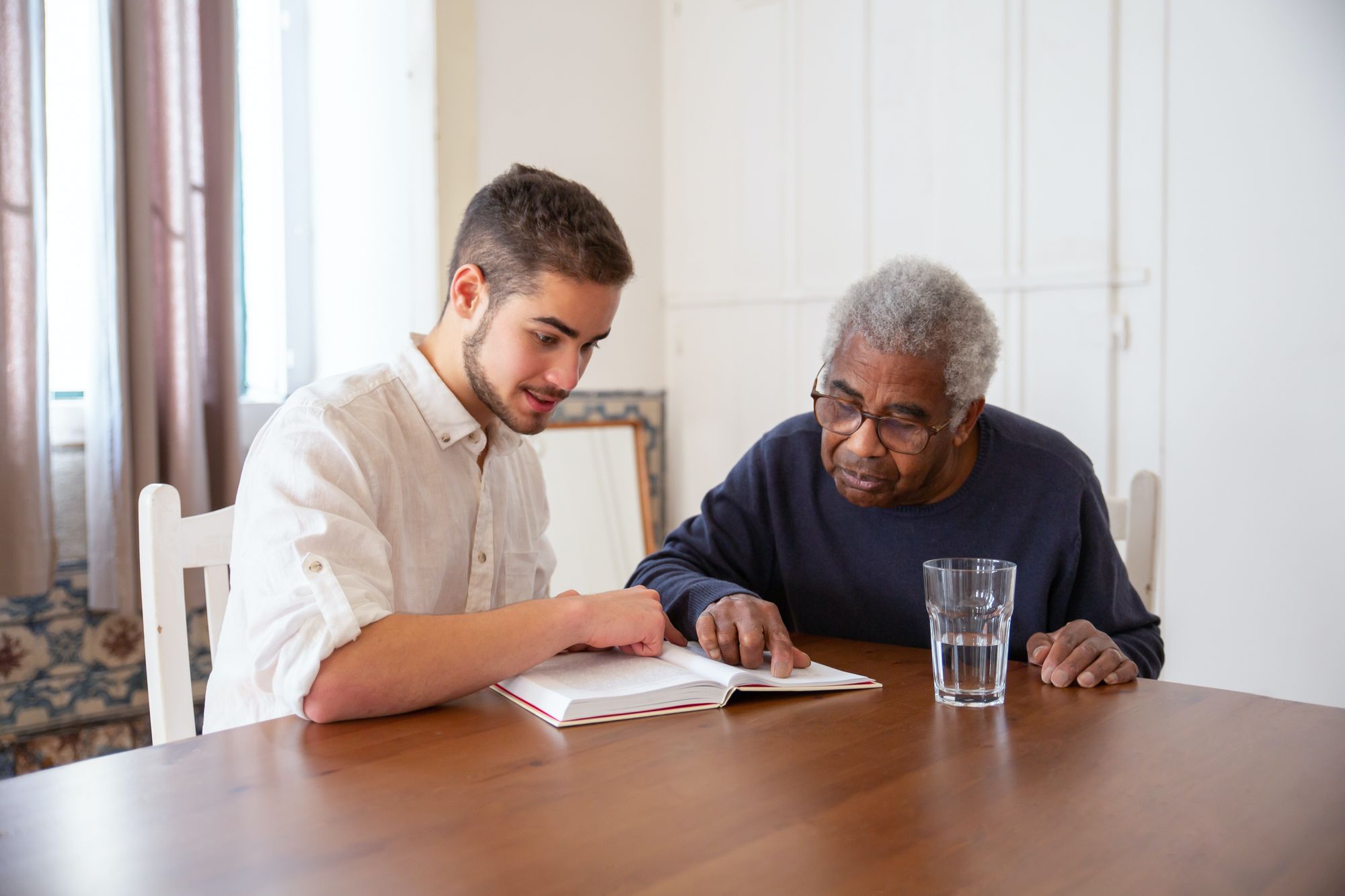
The Lee Silverman Voice Treatment (LSVT) is an intensive program designed to improve facial control and communication in people with Parkinson’s disease. This specialized voice treatment focuses on increasing vocal loudness and clarity, addressing issues like low voice volume and utilizing articulation exercises similar to stage acting techniques. LSVT has demonstrated numerous benefits, such as increased vocal loudness, better articulation, more expressive facial expressions, improved communication, and an overall improved quality of life.
However, it’s important to note that LSVT may also cause fatigue, soreness, and difficulty speaking in some individuals.
Facial Exercises and Physical Therapy
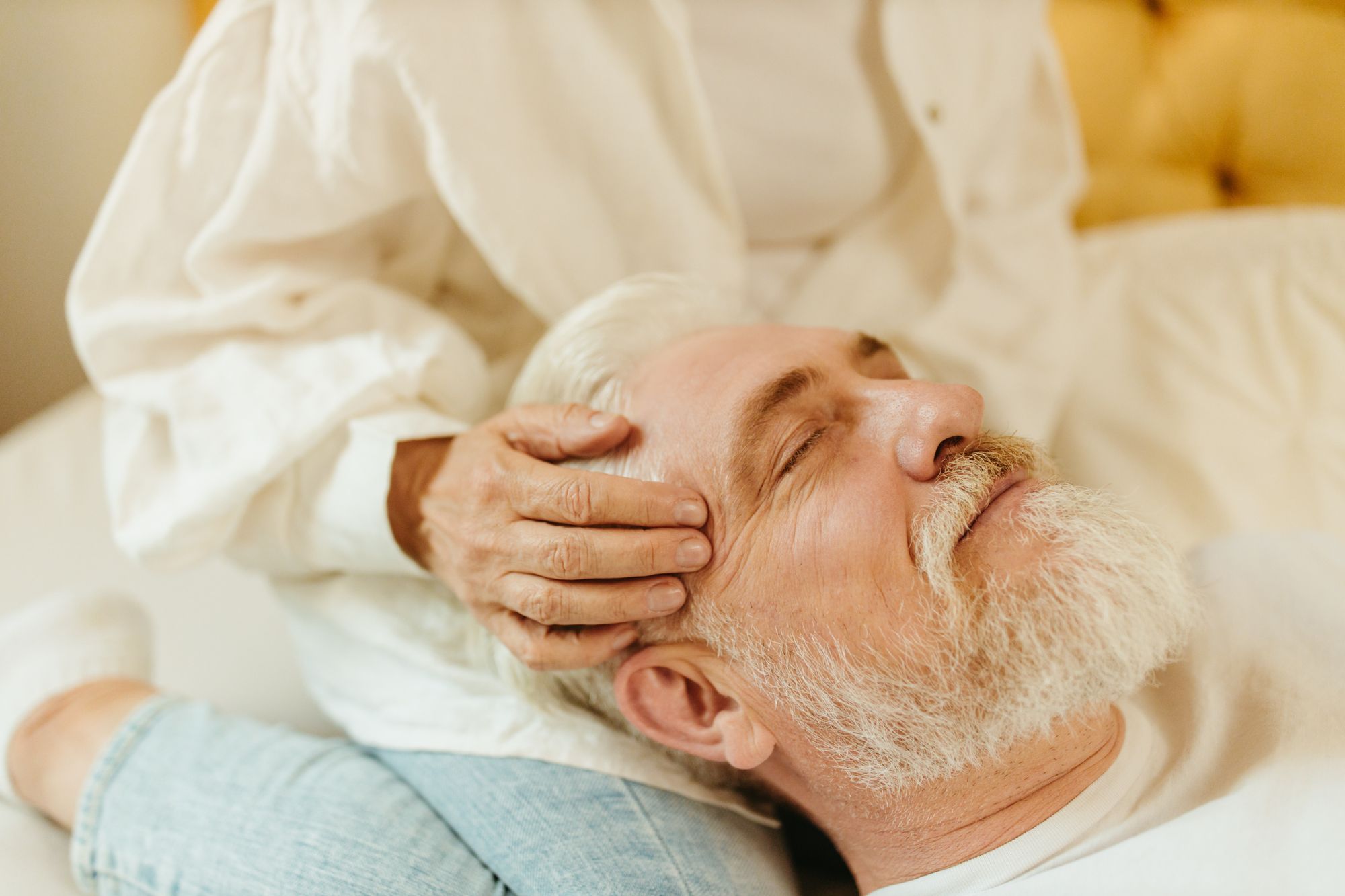
Physical therapy and facial exercises can help improve muscle control and facial expressiveness in individuals with facial masking. In clinical trials, participants with Parkinson's disease were randomly assigned to receive facial rehabilitation exercises or not, ensuring unbiased results in evaluating the effectiveness of the therapy. These exercises involve specific movements that target facial muscles, such as holding a smile, moving the tongue, and using resistance. By regularly practicing these exercises, individuals with facial masking can strengthen their facial muscles, improve coordination, and reduce the severity of their symptoms.
It’s important to consult a healthcare professional before starting any exercise program to ensure safety and effectiveness.
Medication Options for Facial Masking

Several medications can help alleviate facial masking symptoms in Parkinson's disease, such as:
- Levodopa: a dopamine precursor that boosts dopamine levels in the brain, which can help reduce facial masking symptoms.
- Catechol-O-methyltransferase (COMT) inhibitors: increase dopamine levels by inhibiting the enzyme that breaks down dopamine.
- Monoamine oxidase B (MAO-B) inhibitors: reduce the breakdown of dopamine in the brain.
It's essential to consult a doctor before starting any medication to determine the best treatment options for individual needs.
Personal Stories and Experiences
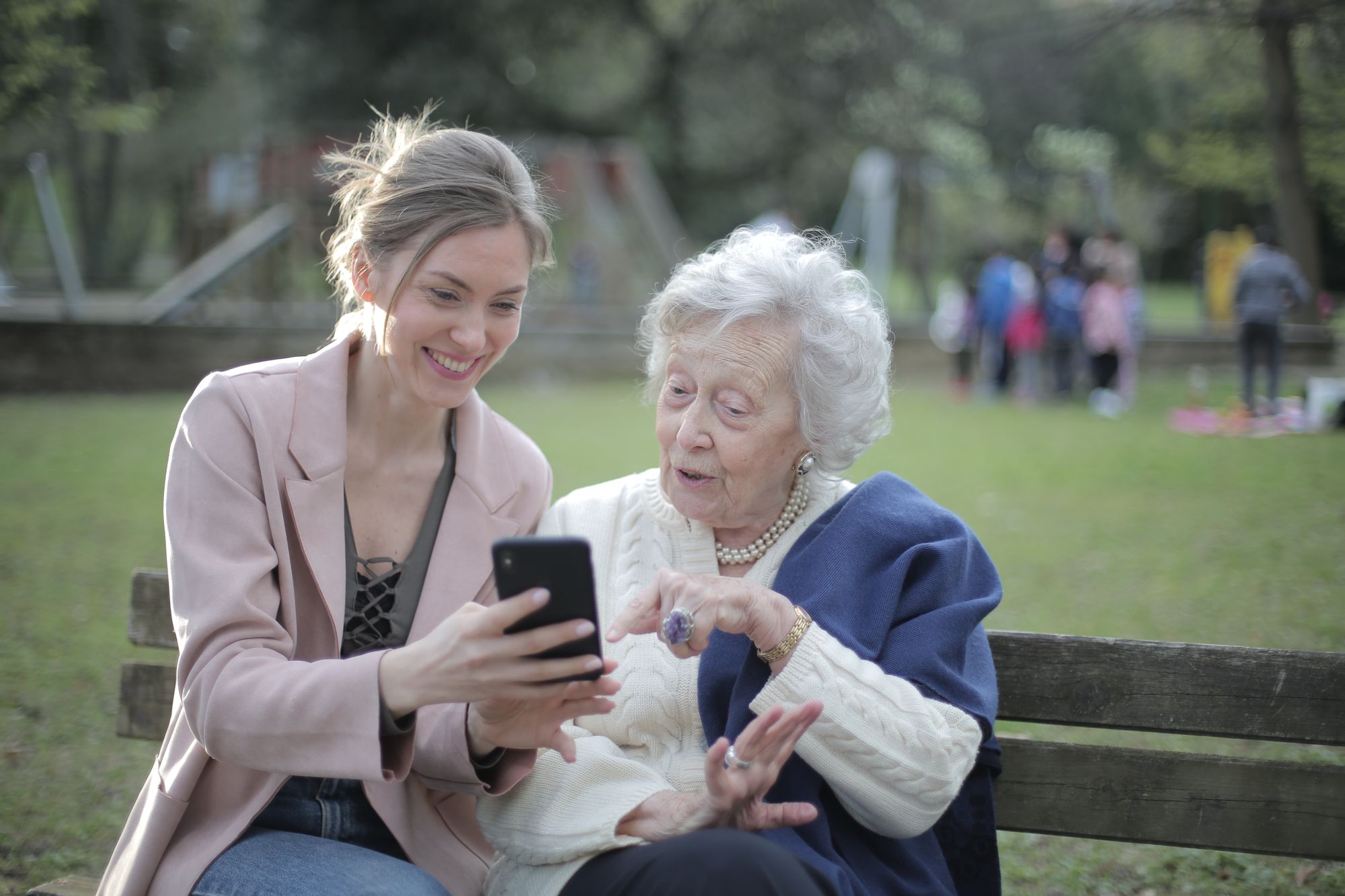
Personal stories and experiences provide valuable insight into the challenges and triumphs of living with facial masking. By sharing these experiences, individuals can learn from each other's coping strategies, gain encouragement, and foster a sense of community in navigating the difficulties associated with facial masking.
Through these stories, individuals can gain a better understanding of the unique challenges faced by those with facial problems.
Overcoming Communication Barriers
Individuals with facial masking can overcome communication barriers through therapy, medication, and support from loved ones. By learning to adapt their communication style and utilizing strategies such as exaggerating facial expressions, using body language, and explaining their emotions verbally, people with facial masking can better convey their feelings and intentions to others.
The support and understanding of family members, friends, and healthcare providers play a critical role in helping individuals with facial masking manage communication challenges and maintain social connections.
Finding Support and Understanding
Finding understanding and support from others can help people with facial masking navigate the challenges of social interactions and relationships. Support groups for Parkinson's patients and their families offer a safe space to discuss difficulties, share stories, and learn from each other's experiences.
Additionally, engaging in creative and physical activities can help reduce stress, boost well-being, and provide a sense of accomplishment and self-expression. Some examples include:
- Art
- Music
- Writing
- Yoga
- Tai chi
- Walking
By seeking support and understanding, individuals with facial masking can build a strong foundation for coping with the challenges of social interactions and maintaining meaningful connections.
Summary
In conclusion, facial masking is a common symptom in Parkinson's disease that can significantly impact an individual's ability to communicate and engage in social interactions. By understanding the science behind facial masking, recognizing its social impact, and exploring various therapeutic approaches, individuals with facial masking can find effective ways to manage their symptoms and maintain meaningful connections. With the support and understanding of loved ones and healthcare providers, people with facial masking can continue to lead fulfilling lives despite the challenges they face.
Frequently Asked Questions
What is facial masking?
Facial masking, also known as hypomimia, causes a loss of facial expression due to reduced muscle tone in the face. This can make it difficult for people to express emotions or show basic facial movements such as smiling or raising an eyebrow.
Masking can be caused by a variety of conditions, including stroke, Parkinson's disease, and Bell's palsy. It can also be a side effect of certain medications or treatments. The effects of facial masking can be harmful.
What causes face masking in Parkinson's disease?
Face masking is caused by neurological and psychiatric conditions which diminish facial expression, such as Parkinson's Disease.
What does Parkinson's mask face look like?
A person with Parkinson’s disease may have an expressionless face or “masked” face, making them appear uninterested, uncaring, angry, sad, or emotionless.
Their voice may also be monotone and low.
How does facial masking impact social interactions and relationships?
Facial masking can make it difficult to properly read facial expressions, leading to misunderstandings in social interactions and ultimately damaging relationships.
These misunderstandings can be avoided by taking the time to properly read facial expressions and body language, even when wearing a mask. This can help to ensure that communication is clear and that relationships are not damaged.
What are some therapeutic approaches for managing facial masking?
LSVT, facial exercises and physical therapy, and medications are some effective therapeutic approaches to managing facial masking.
What is facial masking in Parkinson's disease?
Facial masking, also known as masked facies or Parkinson facies, refers to a reduced ability to express emotions through facial expressions. This symptom is common in individuals with Parkinson's disease and can make the face appear less animated or "masked."
Why does facial masking occur in Parkinson's disease?
Facial masking occurs due to the progressive nature of Parkinson's disease, which affects the muscles responsible for facial expressions. The disease impacts the brain's ability to send signals to these muscles, leading to reduced movement and expression.
How does facial masking affect communication?
Facial masking can make it difficult for others to read a person's emotions and reactions. This can lead to misunderstandings in social interactions and may affect the individual's ability to communicate effectively.
Can facial masking be treated or managed?
While there is no cure for facial masking, certain treatments and therapies can help manage the symptoms. Medications that improve motor function in Parkinson's disease may also help reduce facial masking. Speech and occupational therapy can provide strategies to enhance communication and facial expressiveness.
Does facial masking indicate the progression of Parkinson's disease?
Yes, facial masking is often associated with the progression of Parkinson's disease. As the disease advances, the symptoms, including facial masking, may become more pronounced.
Are there ways to support someone with facial masking?
Yes, patience and understanding are key. Engage in clear verbal communication, use gestures, and provide ample time for the person to respond. Encouraging participation in activities that stimulate facial muscles, such as singing or facial exercises, may also be beneficial.
Is facial masking unique to Parkinson's disease?
Facial masking is most commonly associated with Parkinson's disease, but it can also occur in other neurological conditions that affect motor control and facial muscles.
Where can I learn more about facial masking and Parkinson's disease?
For more information, consult your healthcare provider, a neurologist, or reputable organizations such as the Parkinson's Foundation or the Michael J. Fox Foundation. They offer resources and support for individuals and families affected by Parkinson's disease.
If you have any further questions or need more specific information, please do not hesitate to contact us.
You might also like this article:
